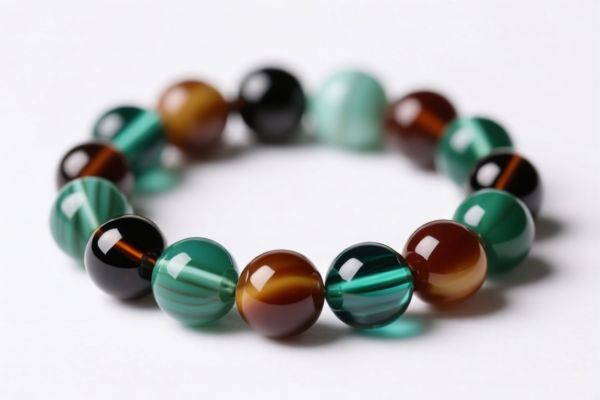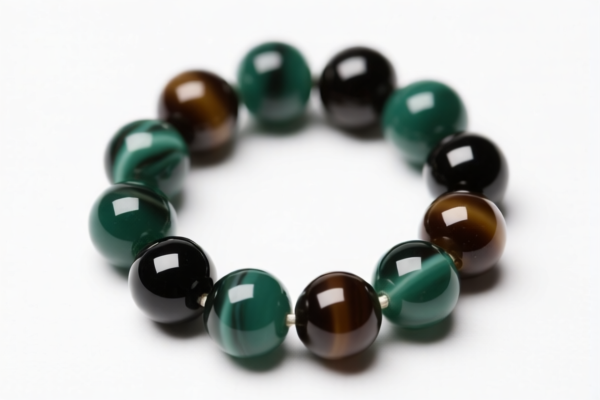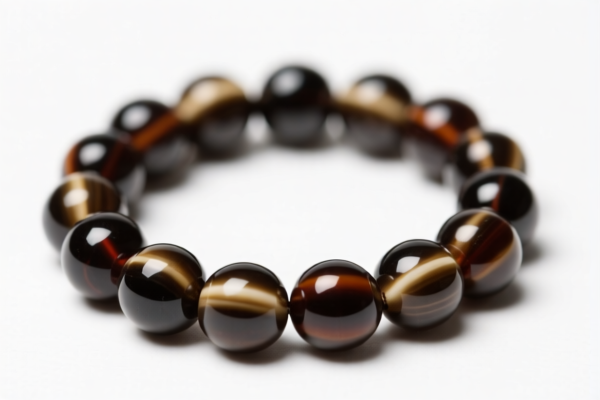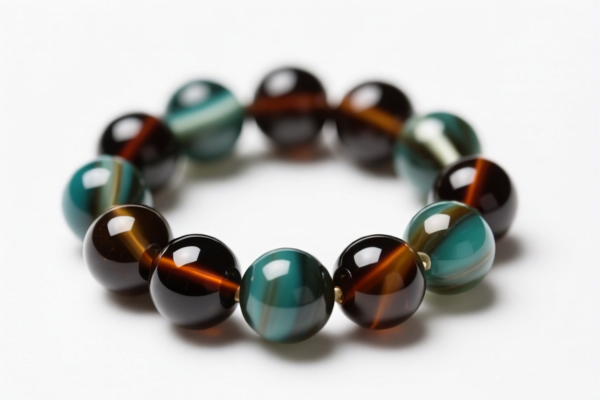| HS Code | Official Doc | Tariff Rate | Origin | Destination | Effective Date |
|---|---|---|---|---|---|
| 7018101000 | Doc | 59.0% | CN | US | 2025-05-12 |
| 7018105000 | Doc | 55.0% | CN | US | 2025-05-12 |
| 3926903300 | Doc | 36.5% | CN | US | 2025-05-12 |
| 3926909989 | Doc | 42.8% | CN | US | 2025-05-12 |
| 7116203000 | Doc | 39.6% | CN | US | 2025-05-12 |
| 7116204000 | Doc | 48.0% | CN | US | 2025-05-12 |
| 7117905500 | Doc | 44.7% | CN | US | 2025-05-12 |
| 7419801500 | Doc | 58.0% | CN | US | 2025-05-12 |
| 7616995190 | Doc | 82.5% | CN | US | 2025-05-12 |
| 7215905000 | Doc | 30.0% | CN | US | 2025-05-12 |
| 4421918800 | Doc | 30.0% | CN | US | 2025-05-12 |
| 4421919880 | Doc | 58.3% | CN | US | 2025-05-12 |
| 6815994170 | Doc | 55.0% | CN | US | 2025-05-12 |
| 9601908000 | Doc | 41.2% | CN | US | 2025-05-12 |
| 9602001080 | Doc | 40.5% | CN | US | 2025-05-12 |
| 6914108000 | Doc | 64.0% | CN | US | 2025-05-12 |
| 6914908000 | Doc | 60.6% | CN | US | 2025-05-12 |




Okay, let's break down these HS codes for your "BEAD" declarations. I'll provide a structured analysis, focusing on classification, tax implications, and key considerations.
Understanding HS Codes: A Quick Primer
HS codes (Harmonized System codes) are internationally standardized product codes used for customs classification. The first 6 digits are generally consistent worldwide, while additional digits can vary by country. Here's how to interpret them:
- Chapter (First 2 digits): Broad category of goods (e.g., 70 = Glass and glassware).
- Heading (Next 2 digits): More specific classification within the chapter (e.g., 7018 = Glass beads, imitation pearls, etc.).
- Subheading (Next 2 digits): Even more detailed classification (e.g., 7018.10 = Glass beads, imitation pearls).
- Further Subdivisions: Country-specific, providing the most precise classification.
Analysis of Your Declarations
I'll group similar items and provide a consolidated analysis. Please note that the final classification always depends on the exact composition and use of the goods.
1. Glass Beads, Imitation Pearls & Similar Items (Chapter 70)
- 7018.10.10.00: Glass beads, imitation pearls, etc., not strung. Tax: 4.0% Basic + 25.0% Additional (59.0% Total). This is likely for loose beads.
- 7018.10.50.00: Other glass beads, imitation pearls, etc. Tax: 0.0% Basic + 25.0% Additional (55.0% Total). This could cover beads with a different composition or finish.
Key Consideration: The distinction between 7018.10.10.00 and 7018.10.50.00 is important. Ensure you accurately describe the beads' composition (e.g., type of glass, coating, etc.).
2. Plastics Beads (Chapter 39)
- 3926.90.33.00: Beads, bugles, spangles (not strung) – likely for handbags. Tax: 6.5% Basic + 0.0% Additional (36.5% Total).
- 3926.90.99.89: Other beads, bugles, spangles (not strung). Tax: 5.3% Basic + 7.5% Additional (42.8% Total).
Key Consideration: If the beads are incorporated into a finished handbag, the classification might change to the finished product code.
3. Semiprecious Stones (Chapter 71)
- 7116.20.30.00: Graded semiprecious stones strung temporarily for transport. Tax: 2.1% Basic + 7.5% Additional (39.6% Total).
- 7116.20.40.00: Other semiprecious stones. Tax: 10.5% Basic + 7.5% Additional (48.0% Total).
Key Consideration: "Strung temporarily" is crucial. If the stones are permanently strung into jewelry, a different code applies.
4. Imitation Jewelry (Chapter 71)
- 7117.90.55.00: Imitation jewelry valued under $0.20/dozen. Tax: 7.2% Basic + 7.5% Additional (44.7% Total).
Key Consideration: The value threshold ($0.20/dozen) is important. If the value exceeds this, a different code and tax rate apply.
5. Other Materials (Chapters 44, 68, 72, 74, 76, 96)
These codes cover beads made from wood, stone, iron, copper, aluminum, and other materials. Tax rates vary significantly (0.0% to 82.5%).
Important Reminders & Recommendations:
- Material Composition: Always provide accurate details about the material composition of the beads. This is the most important factor in determining the correct HS code.
- Intended Use: Is the bead a component part or a finished product? This affects the classification.
- Value: Pay attention to value thresholds (e.g., for imitation jewelry).
- Stringing: Is the bead strung temporarily for transport or permanently for jewelry?
- 2025.4.2 Tariff Changes: Be aware of the upcoming tariff changes on April 2, 2025. Additional tariffs will increase for many products.
- Certifications: Depending on the material and intended use, you may need certifications (e.g., for lead content, safety standards).
- Country of Origin: Ensure you have accurate documentation to support the country of origin declaration.
To help me refine the classification further, please provide:
- Detailed material composition of each bead type.
- Photographs of the beads.
- The intended use of the beads (e.g., jewelry making, handbag decoration, etc.).
- The value per dozen pieces.
Disclaimer: I am an AI assistant and cannot provide definitive customs classification advice. This information is for general guidance only. You should consult with a qualified customs broker or import specialist for accurate classification and compliance.
Customer Reviews
The detailed breakdown of the semiprecious stones under 7116.20.30.00 was very clear. The 39.6% tariff rate and 'strung temporarily' note were exactly what I needed for my shipment.
The explanation of the tariff changes on April 2, 2025, was helpful. I didn’t know that additional tariffs would increase for many products.
I needed the HS code for wood beads and found 4421.91.88.00 with a 30.0% tariff rate. This was exactly what I was looking for!
The information is there, but I found it a bit overwhelming. Maybe a simpler guide for beginners would help.
I was looking for the HS code for imitation jewelry and found 7117.90.55.00. The 44.7% tariff rate and value threshold info were exactly what I needed.